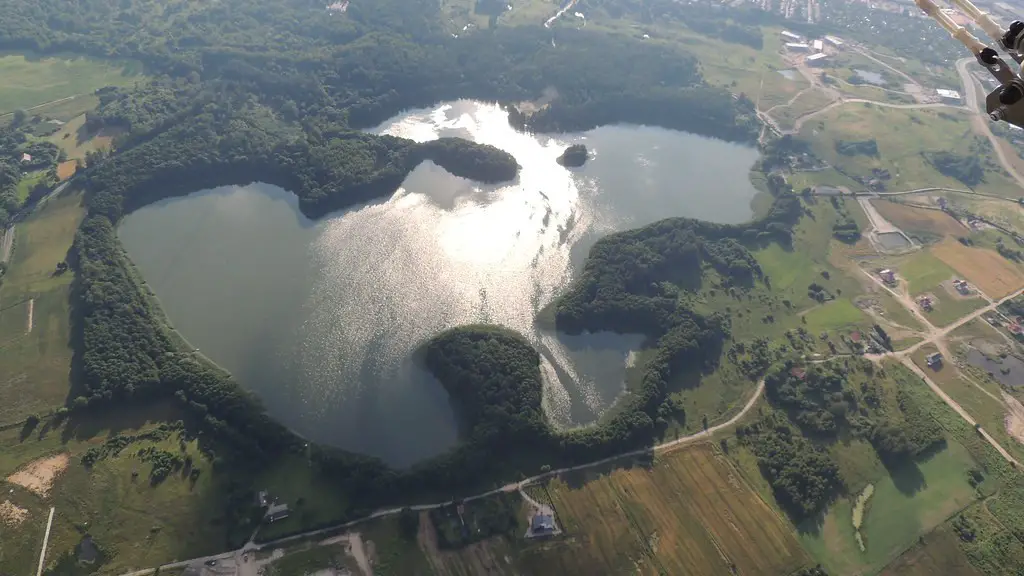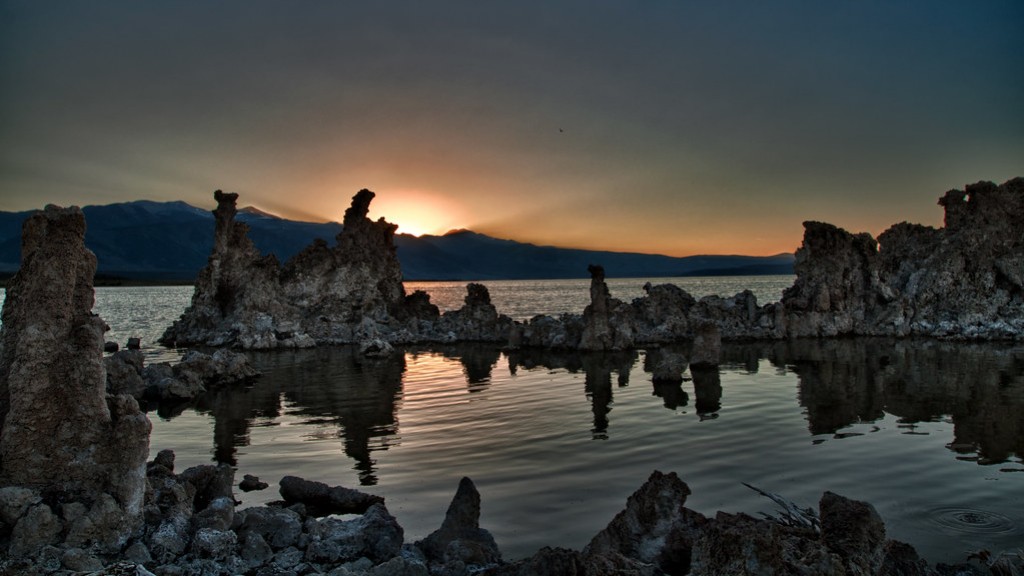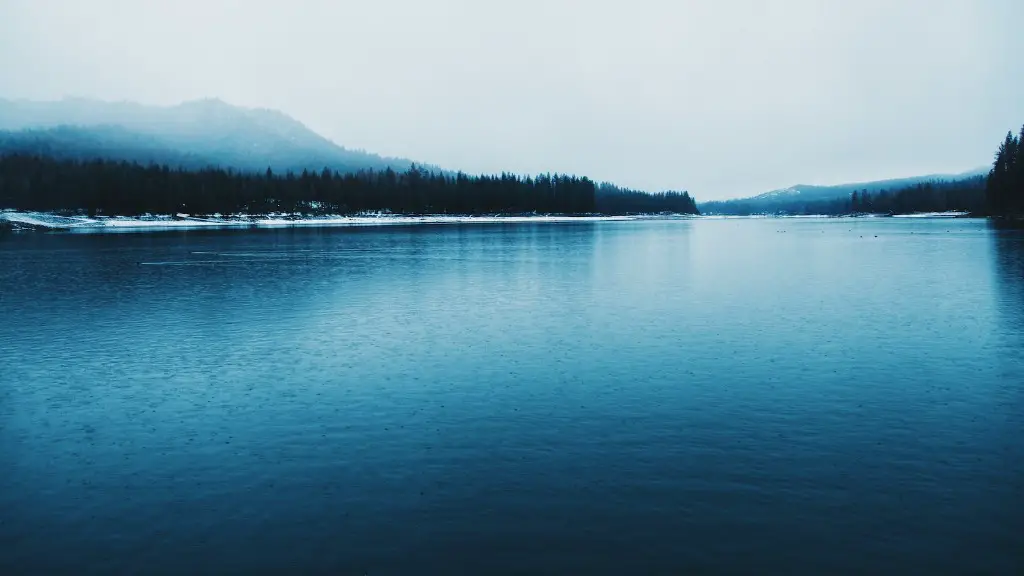Invasive Species in Lake Michigan
By: JordanCollins
“What’s in Lake Michigan?” This is a question that many people ask, but the answer may not be as clear as they think. Lake Michigan is home to many different kinds of fish, including salmon, trout, and whitefish. However, there are also a number of invasive species in the lake, including carp, zebra mussels, and quagga mussels. These invasive species can cause a number of problems for the native fish and animals in the lake, as well as for the people who use the lake for recreation.
Some of the fish that can be found in Lake Michigan include: salmon, trout, whitefish, perch, and walleye. There are also a variety of animals that call the Great Lakes home, such as: eagles, otters, beavers, and deer.
What lives in Lake Michigan?
Lake Michigan has a wide variety of native species, including lake trout, lake sturgeon, lake whitefish, panfish, yellow perch, smallmouth bass, largemouth bass, and bowfin. However, many of these species have dwindled in population due to overfishing and aggressive invasive species. Lake Michigan is also home to a number of invasive species, including sea lamprey, zebra mussels, and quagga mussels, which have caused further decline in native species populations.
The Lake Michigan shoreline is a beautiful place to visit, with its large freshwater dunes and many state and national parks. The lake is also known for its excellent trout fishing, with many different types of trout available.
Can you swim in Lake Michigan
When swimming in Lake Michigan, be cautious of the uneven bottom which can have holes and deep drop-offs. These inshore holes can be very dangerous to small children and non-swimmers. The only beach with lifeguards is West Beach.
The water of Lake Michigan is important for many reasons. It supports large commercial and sport fishing industries, provides industrial process and cooling water, and is used for agricultural irrigation. Fleets of freighters pass over the lake carrying bulk commerce items.
What is the biggest creature in Lake Michigan?
Lake sturgeons are one of the oldest and largest fish in the Great Lakes. They can live up to 100 years old, and are believed to have been around since the time of the dinosaurs. The species is now endangered, due in part to overfishing and habitat loss.
The sea lamprey is a parasitic fish that is native to the Atlantic Ocean. In the early 1900s, the sea lamprey made its way into the Great Lakes through canals that were built to connect the lakes with the Atlantic Ocean. The sea lamprey has no natural predators in the Great Lakes and has been wreaking havoc on the ecosystem ever since. The lamprey attach themselves to their prey with their suction-cup-like mouths and then rasp away at the flesh with their razor-sharp teeth. A single lamprey can kill up to 40 pounds of fish in one year. The lamprey have greatly reduced the populations of several native fish species, including lake trout, whitefish, and salmon.
What was found at the bottom of Lake Michigan?
This is an amazing discovery that sheds new light on the history of the area. The carving is a unique find, and the arrangement of the stones is intriguing. It’s clear that there was more going on in this area than we previously knew about, and this find will help us to better understand the past.
The deep blue color of Lake Michigan is due to the angle of incoming light and the depth of the lake. The light travels down with little obstructions and dissipates far below the surface, appearing darker in the visible spectrum.
Are there snakes in Michigan lakes
It is estimated that eighteen species of snakes are found in Michigan. These snakes play an important role in the state’s ecosystems by preying on rodents and other small animals. In return, these small animals help to keep the snake population in check. Snakes can be found in a variety of habitats including forests, grasslands, lakes, rivers, marshes, farms, and cities.
There are no alligators in Michigan living in the wild. The only alligators in Michigan are in captivity.
Why is Lake Michigan so clean?
They say that the mussels in Lake Michigan have filtered the entire volume of the lake in four to six days, and have reduced the amount of light-absorbing algae by over 50%. With less algae in the water, the water is less green. It is said that 20 years ago, the color of Lake Michigan was driven by phytoplankton absorption.
The blue in Lake Michigan and Lake Huron is sediment brought to the surface when strong winds churn the lakes. The green in Lake Erie and in Lake Huron’s Saginaw Bay is algae, which builds on the surface when winds are calm.
Is Lake Michigan a real beach
Lake Michigan is one of the five Great Lakes of North America. It is the second-largest of the Great Lakes by volume and the third-largest by surface area, after Lake Superior and Lake Huron (and is slightly smaller than the U.S. state of West Virginia). To the east, its basin is conjoined with that of Lake Huron through the wide Straits of Mackinac, giving it the same water surface elevation as its easterly counterpart; the two are technically a single lake. The lake is shared, from west to east, by the U.S. states of Wisconsin, Illinois, Indiana, and Michigan. Portions of the shores of Michigan, Wisconsin, and Indiana lie in the westernmost parts of the Eastern Time Zone, while the easternmost parts lie in the Central Time Zone.
At nearly 1,000 feet deep, Lake Michigan is the largest lake entirely within the U.S., and one of the five Great Lakes. It is also the second-deepest lake in the world, after Russia’s Lake Baikal.
Is the water in Lake Michigan clean?
It’s important to be aware of the safety of the water you’re swimming in. The national lakeshore runs regular tests to make sure the water is clean and safe from bacteria. If there are any issues, they’ll post signs at the affected beaches to let people know.
The human body is composed of around 60% water. When a person dies, the body decomposes and the water is released as vapor. However, in frigid temperatures, the body does not decompose and the water does not vaporize. This causes the body to become buoyant and rise to the surface.
Final Words
Some of the things that can be found in Lake Michigan are fish, plankton, rocks, and sand.
Lake Michigan is one of the five Great Lakes of North America. It is the second-largest of the Great Lakes by volume and the third-largest by surface area, after Lake Superior and Lake Huron.





